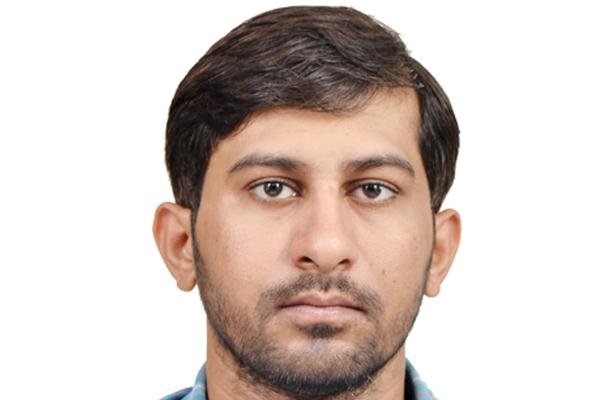
Optimization of Solar Cell Design for Applications of Photovoltaics in Efficient Utilization of the Food-Water-Energy Nexus
Journal Publications
[J1] M. H. Riaz, R. Younas, H. Imran, M. A. Alam and N. Z. Butt, “Agrivoltaic Farm Design: Vertical Bifacial vs. Tilted Monofacial Photovoltaic Panels,” Applied Energy, 2020 [under review].
[J2] U. B. Qasim, H. Imran, M. Kamran, M. Faryad and N. Z. Butt, “Computational study of stack/terminal topologies for perovskite based bifacial tandem solar cells,” Solar Energy, vol. 203, pp. 1-9, 2020.
[J3] S. Iqbal, K. Riaz, H. Imran, Y. H. Khattak, F. Baig and Z. Ahmad, “Computational Modelling of Monolithically Stacked Perovskite/Silicon Tandem Solar Cells Using Monofacial and Bifacial Designs,” Optik, p. 163427, 2019.
[J4] A. Ullah, H. Imran, Z. Maqsood, and N. Z. Butt, “Investigation of Optimal Tilt Angles and Effects of Soiling on PV Energy Production in Pakistan,” Renewable Energy, vol. 139, pp. 830–843, 2019.
[J5] R. Younas, H. Imran, S. I. H. Shah, T. M. Abdolkader, and N. Z. Butt, “Computational Modeling of Polycrystalline Silicon on Oxide Passivating Contact for Silicon Solar Cells,” IEEE Transactions on Electron Devices, vol. 66, no. 4, pp. 1819–1826, 2019.
[J6] H. Ullah, H. Imran, and N. Z. Butt, “Modeling of TiO2-Based Electron Selective Contacts for Crystalline Silicon Solar Cells,” IEEE Transactions on Electron Devices, vol. 65, no. 10, pp. 4421–4428, 2018.
[J7] H. Imran, I. Durrani, M. Kamran, T. M. Abdolkader, M. Faryad, and N. Z. Butt, “High-Performance Bifacial Perovskite/Silicon Double-Tandem Solar Cell,” IEEE Journal of Photovoltaics, vol. 8, no. 5, pp. 1222–1229, 2018.
[J8] H. Imran, T. M. Abdolkader, and N. Z. Butt, “Carrier-Selective NiO/Si and TiO2/Si Contacts for Silicon Heterojunction Solar Cells,” IEEE Transactions on Electron Devices, vol. 63, no. 9, pp. 3584–3590, 2016.
[J9] H. Imran and N. Z. Butt, “Computational Study of Hybrid Nanomaterial/ Insulator/Silicon Solar Cells,” IEEE Transactions on Electron Devices, vol. 62, no. 10, pp. 3111–3116, 2015.
Conference Publications
[C1] H. Imran, Z. Maqsood, A. Ullah and N. Z. Butt, “Effective Prediction of Transmission of Solar Irradiance through Dusty Solar Panels using Atmospheric Aerosol Data for Lahore, Pakistan,” in Proc. IEEE 46rd Photovoltaic Specialists Conference (PVSC), 2019, pp. 2889–2893.
[C2] H. Imran and N. Z. Butt, “Investigation of Dominant Hysteresis Phenomenon in Perovskite Solar Cell,” in Proc. IEEE 43rd Photovoltaic Specialists Conference (PVSC), 2016, pp. 0776–0780.

